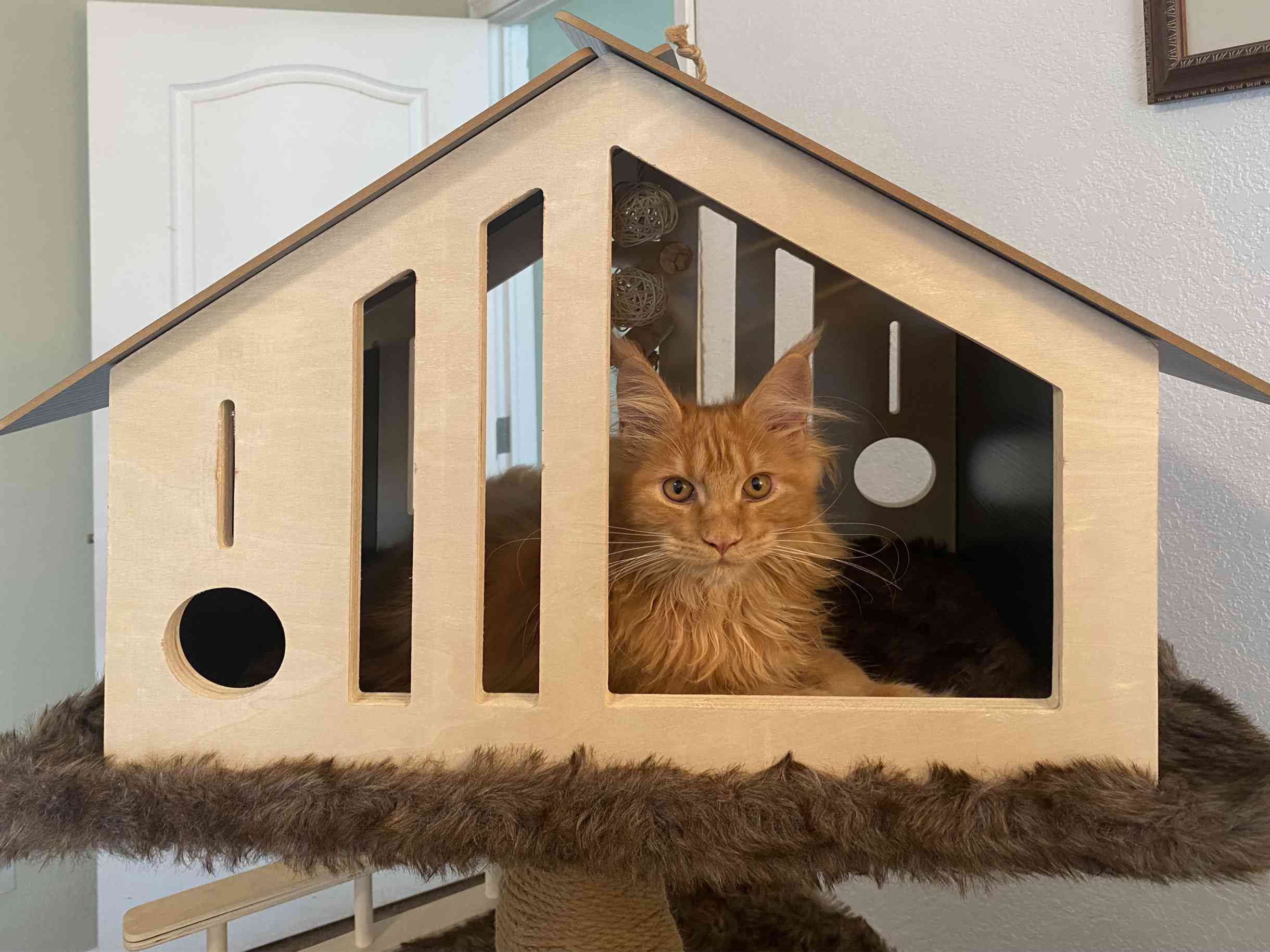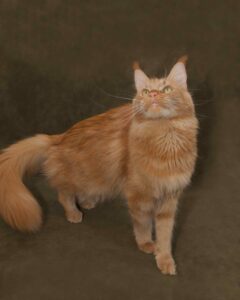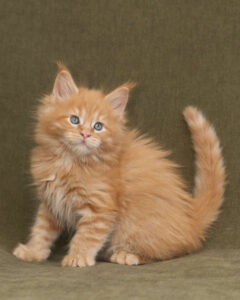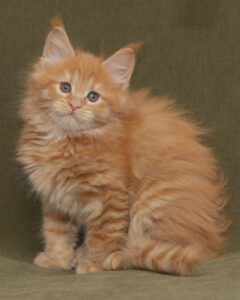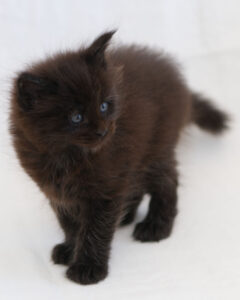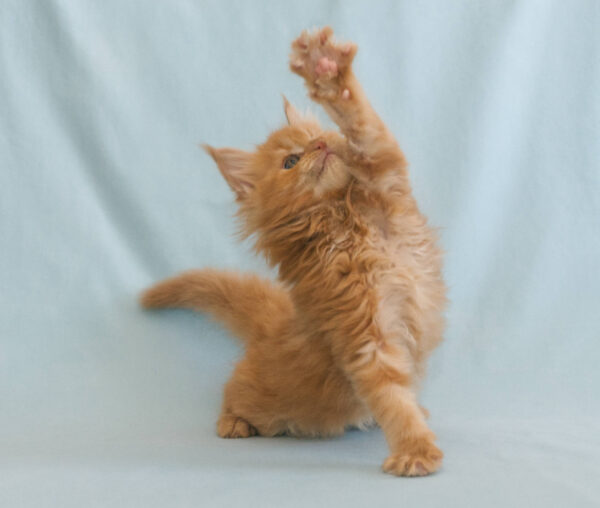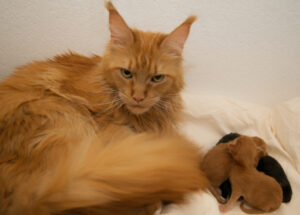Want to know more about the incredible creatures that grace our homes? From their secret lives to their surprising origins, these cat facts will change the way you see your feline friend. Whether you’re a new pet parent or a lifelong cat lover, you’re about to learn some truly fascinating stuff.
Part 1: The Surprising History of Cats
1 Cats and dogs have a common ancestor
Believe it or not, cats and dogs evolved from the same tiny tree-dwelling predator called Miacidae, which lived about 66 million years ago. So, the next time your cat and dog are bickering, just remember they’re distant cousins!
2 Cats Walked the Earth Before Humans
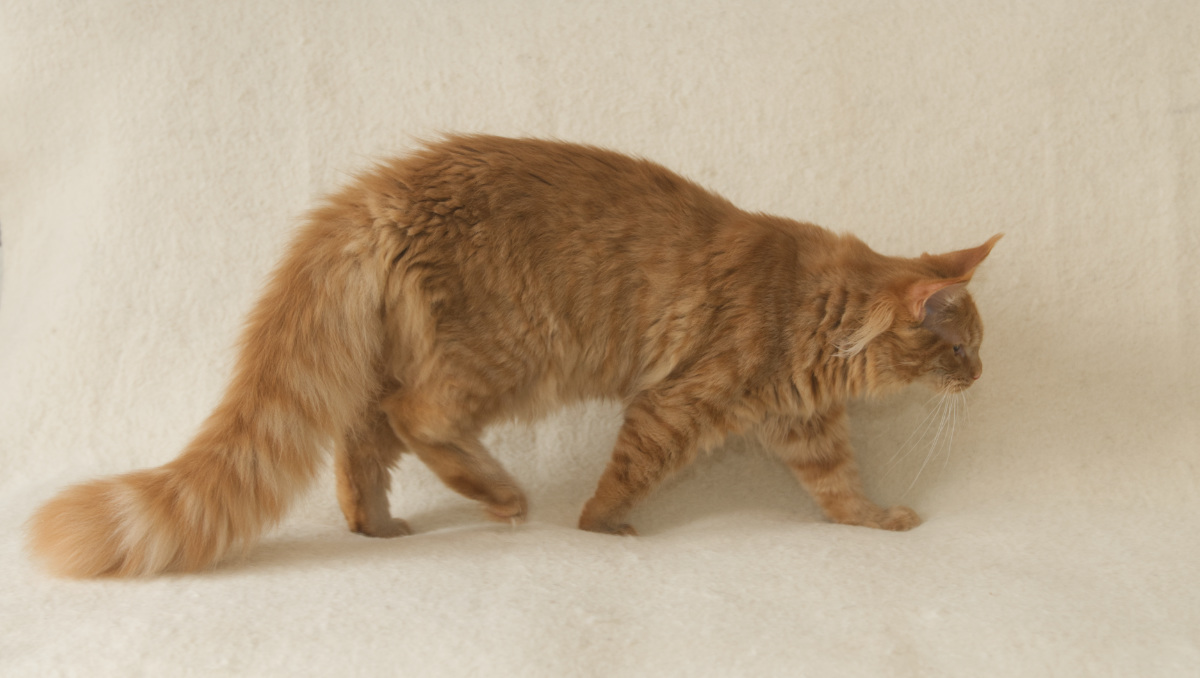
The ancestors of all modern cats first appeared more than five million years ago, long before our species, Homo sapiens, came into existence just under three million years ago. So, while you might think of yourself as the head of the household, cats have had a much longer run.
3. It Took 12,000 Years to Domesticate Cats
It wasn’t a quick process. The African wildcat (Felis silvestris lybica) gradually transformed into the beloved house cat we know today over a span of 12 millennia.
4. Cat Domestication is Directly Linked to Farming
The human relationship with cats began in the “Fertile Crescent” around 10,000 to 12,000 years ago. As early human societies started farming and storing grain, it attracted rodents. This, in turn, attracted wildcats who were looking for an easy meal. This mutually beneficial relationship — farmers got pest control, and cats got a reliable food source. Over time, this partnership forged by natural selection, not deliberate breeding led to them joining us in our homes.
5. Ancient Egypt Fostered the Human Relationship with Felines
Ancient Egypt wasn’t just a fan of cats; they worshiped them! Cats were not only cherished companions but also sacred symbols of the divine. The goddess of protection, Bastet, was often depicted as a cat-headed woman. When a family cat passed away, the owners would shave their eyebrows as a sign of mourning. Harming, killing, or smuggling a cat to foreign countries was considered a serious crime punishable by death.
6. The Middle Ages Were the Dark Ages in Cat History
Unfortunately, cats didn’t have it so great during the Middle Ages in Europe. Seen as the devil’s spawn, they were widely persecuted, especially black cats, which were thought to be the companions of witches. This dark period was fueled by Pope Gregory IX, who in the 13th century, officially linked them to the devil.
7. Cats Are the World’s Most Popular Pet
Thankfully, that religious superstition is long gone. Today, cats are more popular than ever! Experts estimate there are nearly 600 million house cats worldwide, with Australia leading the way with 9 out of 10 people owning a cat. Talk about a comeback!
8. About 200 domestic cat breeds exist worldwide
While we might only be able to name a handful, there are about 40 recognized cat breeds in nature, and nearly 200 domestic breeds in total. Many of these have been carefully developed through selective breeding.
Part 2: Prolific & Peculiar Cat Facts
9. Cats are very prolific
Scientists have calculated that over a seven-year period, the posterity of a single female cat can produce over 400,000 new kittens. Let’s just say a single cat can populate a small city if left to its own devices.
10. One Cat Holds a Record for Most Progeny
The average cat has a litter of one to six kittens. However, the record for a single litter belongs to Tarawood Antigone, a Burmese cat from the UK, who gave birth to an incredible 19 kittens on August 7, 1970. What a handful! The record for most kittens in a lifetime belongs to a Texas cat named Dusty, who gave birth to an estimated 420 kittens over her long life. That’s 25 kittens each year of her life on average.
11. Cats Can Be Associated with Peculiar Human Illnesses
This is not only about cat allergies! While ailurophilia (the love of cats) is a normal affection, some people have a pathological fear of cats called ailurophobia. This mental disorder can cause physical symptoms like profuse sweating and panic attacks just from the thought of a cat or being in the presence of one.
12. Cats can be allergic to humans
Yes, it’s true! Some cats can have an allergic reaction to human dander (microscopic skin flakes), hair, saliva, and sweat. Symptoms can include itching, sneezing, and even eye irritation. So if your cat gives you a weird look, maybe it’s not disdain — it’s just allergies.
13. Longevity Is Not Uncommon in Cats
The average lifespan for a housecat is 12-20 years. But there are some absolute record-breakers. A cat named Crème Puff lived to be an incredible 38 years and 3 days old. You read that right—38!
14. There Are Cat Giants
The Maine Coon is the largest non-hybrid domestic breed. Their body length can reach 47 inches (120 cm), and they can weigh 26-34 lbs (12-15 kg). You could mistake them for a small dog!
15. And There Are Forever Kittens
The Singapura is the smallest natural domestic cat breed, known for its small size (4-6 lbs) and large, innocent eyes. The Munchkin cat, with its short legs, is also a perpetual kitten, weighing just 5-9 lbs.
16. The Largest Cat Was a Maine Coon Named Stewie
A Maine Coon named Mymains Stewart Gilligan — or “Stewie” for short — was verified to be 48.5 inches (123 cm) long in 2010. Guinness World Records no longer accepts records for the heaviest cats to prevent owners from intentionally overfeeding their pets. The heaviest cat on record, Himmy, was so big he had to be transported in a wheelbarrow.
If these facts have you thinking about your cat’s health, you’re not alone. The best diet for your feline friend is a species-appropriate carnivore diet. Want to learn more? Check out our homemade meat diet guide and get a recipe here!
Part 3: Surprising Cat Facts About Their Bodies
17. Cats Have More Bones Than You Do
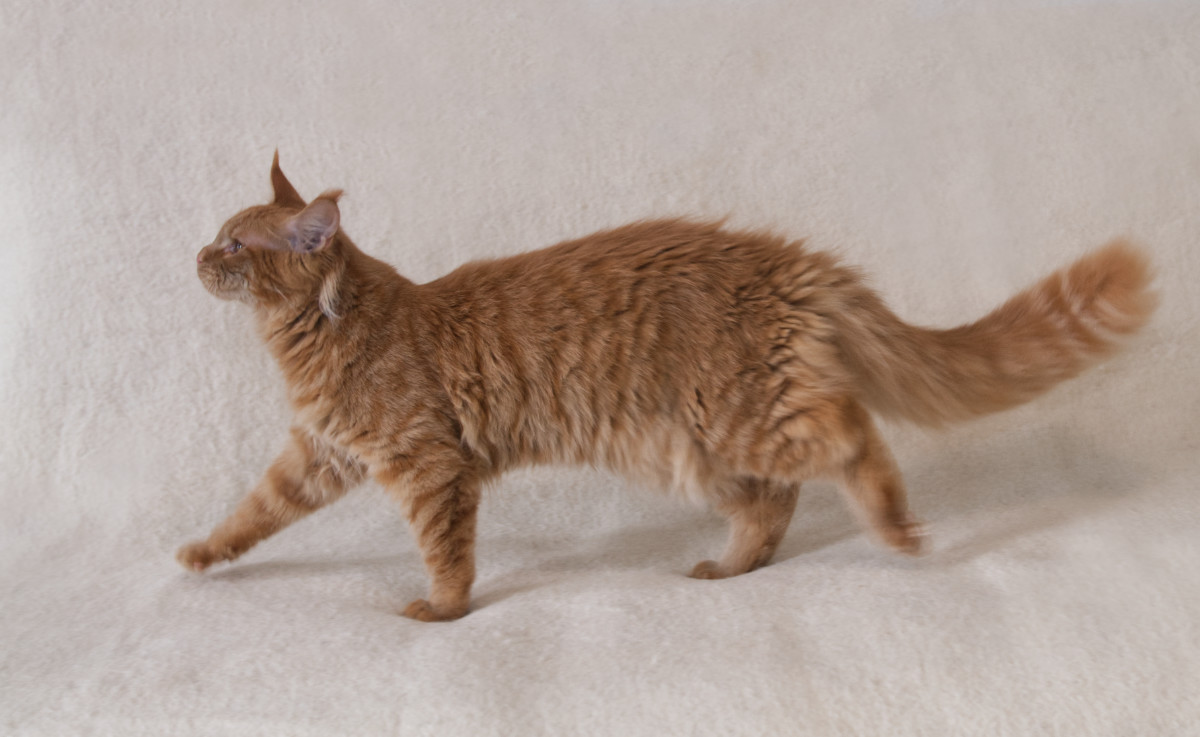
Humans have 206 bones, but cats have between 230 and 250. This number can vary based on their breed (like Maine Coons, who have longer tails), individual differences, and age (as some bones fuse as kittens grow). This is one of the key cat facts that explains why they’re so flexible.
18. Cats Use 32 Muscles to Move Their Ears
That’s a lot of muscles! These muscles allow a cat to rotate each ear 180 degrees independently, so they can listen for a crinkling treat bag without even turning their head.
19. A Cat’s Daytime Vision Isn’t So Great
Humans have better daytime visual acuity and can see a wider range of colors than cats, due to having more cone cells. But don’t feel bad for them! They’re still better at tracking fast-moving objects, have superior peripheral vision, and better depth perception thanks to their vertical pupils.
20. A Cat’s Night Vision Is Six Times Better Than Yours
Cats have 6-8 times the number of rods in their eyes compared to humans, enabling them to see much better in dim light. This makes hunting in the dark a breeze.
21. Kittens Are Born Both Blind and Deaf
Everyone knows kittens are born blind, but it’s a surprising cat fact that they can’t hear anything either! When kittens are born, their ear canals are closed and can’t transmit sound. This means that until they are at least a week old, they are completely deaf.
22. Cats Can Hear Better Than Humans or Dogs
Despite being born deaf, cats’ hearing develops to be incredibly acute. Cats can hear sound frequencies up to 65 kHz, well beyond the 20 kHz human limit. This helps them hear the high-pitched squeaks of rodents.
23. Cats Can Produce Up to 100 Different Sounds
Cats have a wide variety of vocalizations to express their mood, warn others about danger, and communicate with humans. By comparison, dogs can only make up to 10 different sounds.
24. Cats Meow Only to Communicate with Humans
This is one of the most surprising cat facts. Adult cats don’t typically meow to each other. They use a wide variety of other vocalizations. The only exception is when a kitten uses it to get the attention of its mother. The meow is a sound they’ve learned to use specifically to communicate with humans. So that morning greeting you get is a sound they’ve developed specifically for you.
25. Purring Is Not Just a Sign of Happiness
While a purr can signal contentment, it’s also a form of self-soothing. Cats often purr when they’re in pain or distress. It’s like a built-in calming mechanism.
26. A Cat’s Purr Can Heal Humans
The vibrations from a cat’s purr have been shown to have therapeutic effects on the human body. Studies suggest that the frequency of a cat’s purr can help lower blood pressure, reduce stress, and even aid in the healing process.
27. Cats Have an Incredible Sense of Smell
With about 80 million olfactory receptors in their nasal cavity, a cat’s sense of smell is 14 times better than a human’s. They can smell odors that are completely undetectable to us.
28. Cats Can Smell with Their Mouths
Cats, like many other animals, have a special organ called the Jacobson’s organ (or vomeronasal organ) in the roof of their mouths. These chemoreceptors can distinguish pheromones and trigger social and mating behaviors. The rhinarium (the leather part of the nose) sends chemical signals to this organ during social interactions. When a cat “smells” with this organ, they do it in a peculiar way—freezing with their mouths slightly open.
29. Every Cat’s Nose Has a Unique “Noseprint”
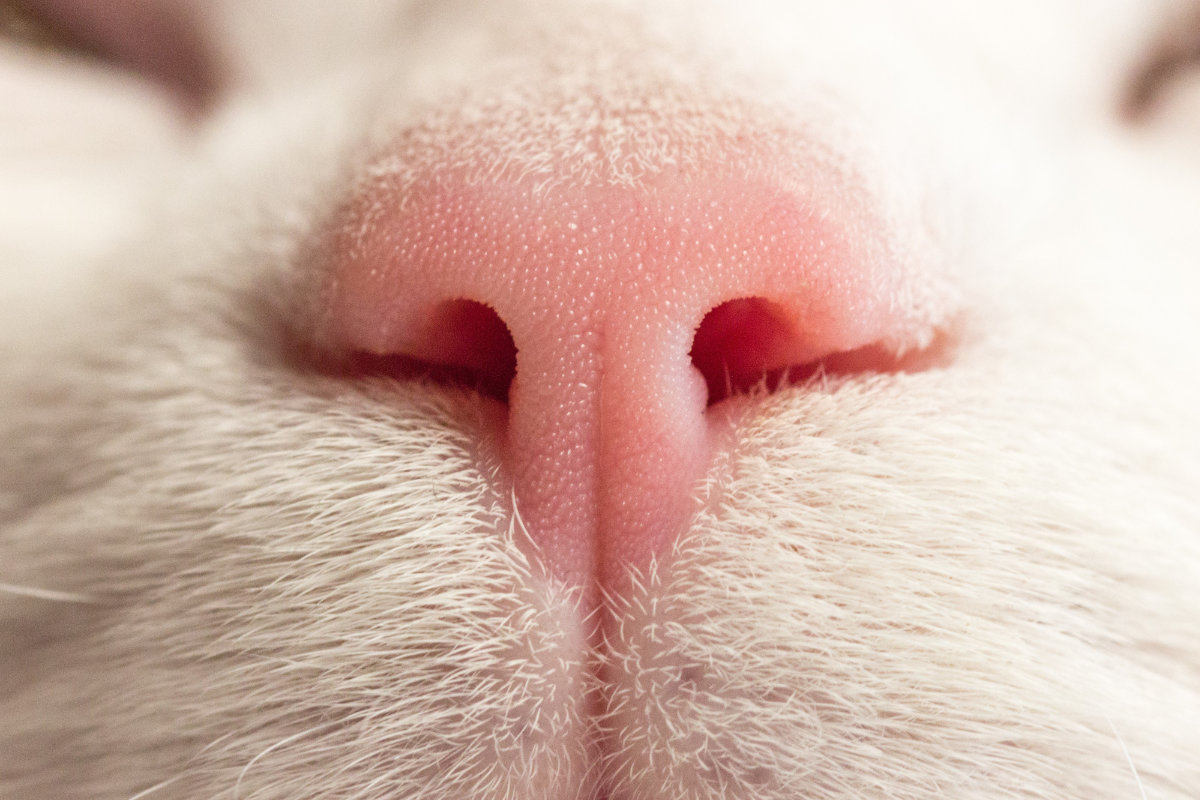
Just like a human fingerprint, the nose leather of a cat’s nose — informally known as a “truffle” or “wet snout” — has a distinct pattern of bumps and ridges. This unique pattern, a “noseprint,” is different for every single cat. No two cats are exactly alike.
30. A Cat’s Nose Acts Like a Thermostat
The rhinarium is saturated with blood vessels that constrict to conserve heat in cold weather and dilate to release heat when it’s warm. This can cause the nose to appear paler or darker. You can use this as a tool to know if your kitty is too hot or cold. Just by checking their nose, you can adjust the home temperature accordingly or offer your pet a cozy lap or blanket.
Part 4: Quirky & Humorous Cat Facts
31. Cats Are Excellent Jumpers
An average healthy domestic cat can jump 5 to 6 times its own height, allowing it to reach heights of 6 to 8 feet (1.5 to 2.4 meters) in a single vertical leap. This incredible feat is made possible by their powerful back legs and flexible spines.
32. A Domestic Cat Can Outrun the Fastest Human
The world’s fastest human, Usain Bolt, can sprint at about 27 mph. A cat can sprint up to 30 mph. So, if your kitty is motivated, they’ll leave you in the dust — if they don’t get distracted, of course.
33. A Cat’s Heart Beats 2-3 Times Faster Than a Human’s
A cat’s normal heart rate at rest is 120-160 beats per minute. This can vary depending on their age and breed. For example, some breeds like the Siamese and Maine Coon may have slightly higher heart rates.
34. Cats Spend About 70% of Their Lives Sleeping
It’s true! Cats sleep about 12-16 hours a day. Kittens need about 20 hours of sleep, and older cats tend to sleep more as well. Talk about the good life.
35. Cats Spend 30% of Their Waking Hours Grooming
When they’re not sleeping, they’re cleaning themselves. This meticulous ritual helps them stay clean, distribute natural oils that waterproof their coat, and calm themselves.
36. Cats Secrete a Lot of Fluid While Grooming
Did you know cats produce a significant amount of saliva while grooming? While there’s no exact measurement, the fluid they secrete through salivation can be comparable to the amount they lose through urination. It’s a lot of work to stay so clean!
37. Cats Don’t Sweat (Except for Their Paws)
Unlike humans, cats have no body odor because they don’t have sweat glands on their bodies. Their sweat glands are confined only to their paw pads. The absence of a strong body scent helps keep them “invisible” to predators, while those paw glands play an important role in marking their territory.
38. Cats Hunt for Fun, Not Just for Food
Cats hunt primarily due to their innate prey drive and instincts, finding the activity itself exciting and rewarding. This powerful drive, passed down from their wild ancestors, compels them to locate, pounce on, and kill small animals, even when they are well-fed and not hungry. Hunting also keeps cats physically active and mentally stimulated. Cats also hunt to share their catch with their owner or to teach their young.
39. Cats Climb Up, But Have to Go Down Backwards
t’s well known that cats love heights. They get to survey their territory and spot potential prey from a safe, elevated vantage point. But getting down is the tricky part! Cats cannot climb down headfirst because their claws are shaped to face upward. That’s why kittens often get stuck in trees, waiting for a firefighter to save the day.
40. Not All Cats Are Afraid of Water
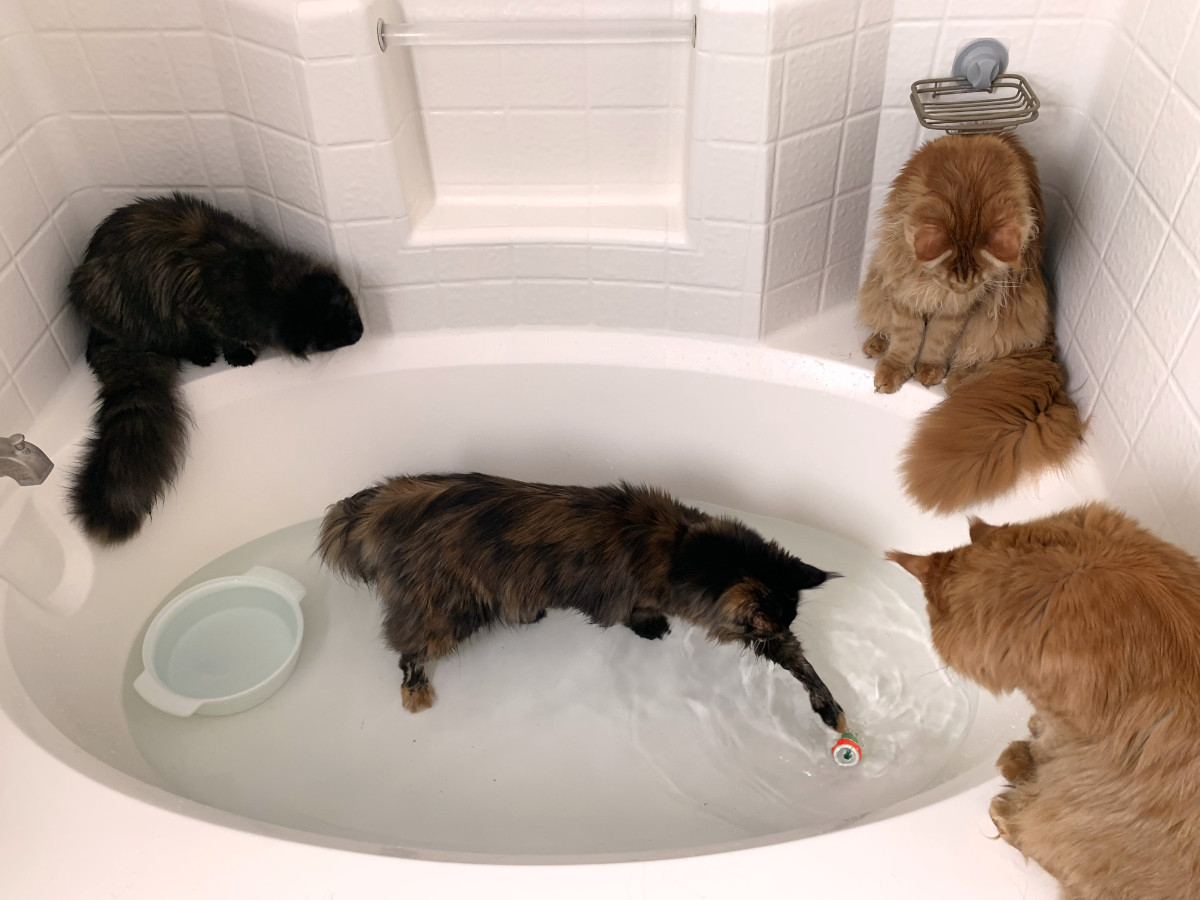
While many cats are famous for hating water, some breeds, like the Turkish Van and Maine Coon, are known to enjoy swimming. These breeds often come from coastal areas and have a natural affinity for water.
See how fishing cat goes fishing.
